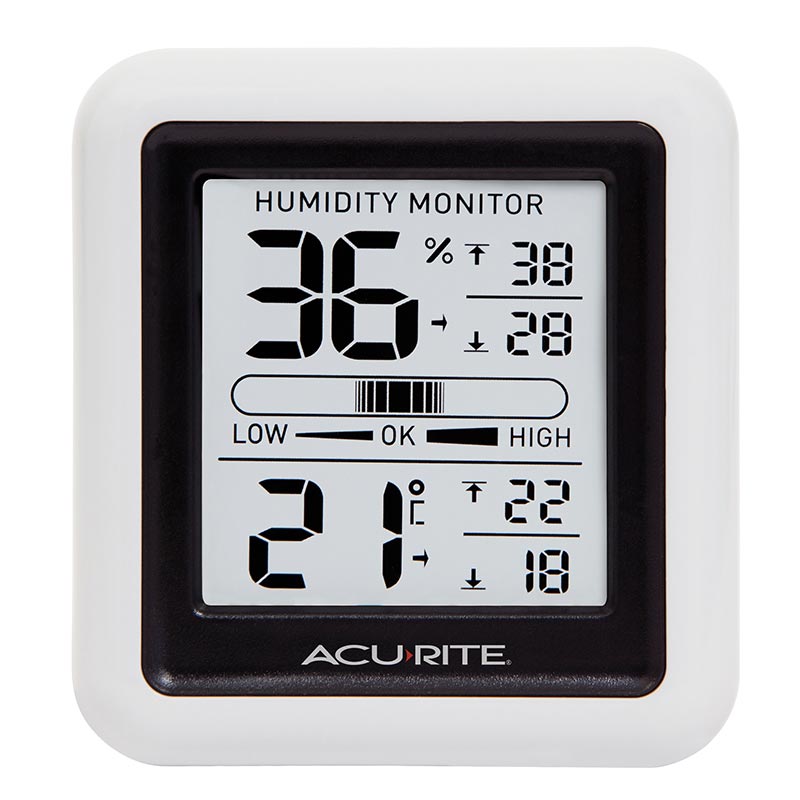Signs Of Overwatering and Other Houseplant Care Tips
Thriving houseplants make your home feel more alive. Their greenery and flowers bring color and life into the rooms — but they’re more than just pretty faces. Healthy houseplants can help clean the air and even retain humidity in dry climates. Keeping your plants healthy and happy may seem complex, but it’s easier than you think when you know a few simple rules.
Keep Them Watered Without Overwatering
To water or not to water, that is the question. Being able to gauge when your plants need water is the single most important gardening skill you can learn.
When to Water Your Plants
Because so many factors affect how thirsty your plants are, avoid sticking to a fixed watering schedule. Instead, water plants when they need it. But how do you tell when your plants need water?
The Old Farmer’s Almanac says you should water your plants when the lower two-thirds of the potting soil begins to dry, and suggests sticking your finger at least 2 inches into the soil to check. If you prefer not to get your fingers dirty — or don't trust your sense of touch — a soil moisture meter will give you an accurate reading. Just insert the probe into the soil, wait a minute and read the result.
Generally, the best time to water your plants is in the morning.
How to Water Your Plants
There are a number of different ways to water your plants. Choose one that works best with your routine and makes your plants happy. Air plants, for example, require a different method of watering than typical house plants potted in soil.
Signs of Overwatering
Believe it or not, you’re more likely to kill your indoor plants by overwatering them than by underwatering them. Roots need to be able to take in oxygen. Giving them too much water can drown them and contribute to root rot. These signs will help you spot overwatered plants in time to undo the damage:
How to Rescue an Overwatered Plant
Yes, you can rescue a plant that’s been drowned, but a lot of the advice is counterintuitive. Here’s what to do if you realize you’ve been watering your houseplants too much:
Keep Tabs on Humidity
Many of the most popular houseplants come from humid, subtropical, or tropical climates. They thrive in high humidity — sometimes up to 80%. If you’re not a fan of having a humid household, consider one or more of these humidity-reducing plants from Happy DIY Home. An inexpensive indoor humidity sensor can help you keep tabs on the moisture in the air so that you can take the appropriate action to make your plants happy — whether they’re the aforementioned tropical type or dry-air-loving succulents and cacti.

If the Air is Too Dry
Give Them the Right Amount of Light
One of the most important things to know about each of your plants is how much sunlight it requires for happy growth. Once you’ve determined that, you can figure out where in your home to place them.
Feed Them When They Need It
Garden plants can grow their roots to find the minerals and nutrients they need. Because houseplants live in closed environments, they need you to provide food for them. Check these tips before starting to feed your houseplants:
Keep an Eye Out for Pests
Your houseplants can also suffer from pests and diseases, including aphids, whitefly and powdery mildew. This tip sheet from UPenn Extension can help you identify and treat common houseplant pests and diseases.
Modify Houseplant Care in Winter
If you live in a colder climate, your plants may need a little extra care to thrive during the winter months. Follow these tips from the Cornell Cooperative Extension to help meet their special winter needs:
Watering, feeding, light needs, humidity — it may seem like a lot to take in all at once, but once you’ve got your plants settled in, you’ll find it becomes second nature. With the help of AcuRite monitoring products and your own instincts, you'll soon be taking care of your indoor plants like a pro.
References:
https://happydiyhome.com/plants-that-reduce-humidity
https://www.almanac.com/content/houseplant-care-guide
http://warren.cce.cornell.edu/home-page/gardening-landscape/houseplants
https://www.thespruce.com/increase-humidity-for-houseplants-1902801
https://www.hgtv.com/outdoors/flowers-and-plants/houseplants/2019/how-to-save-a-drowning-plant
https://extension.unh.edu/blog/fertilizing-houseplants






